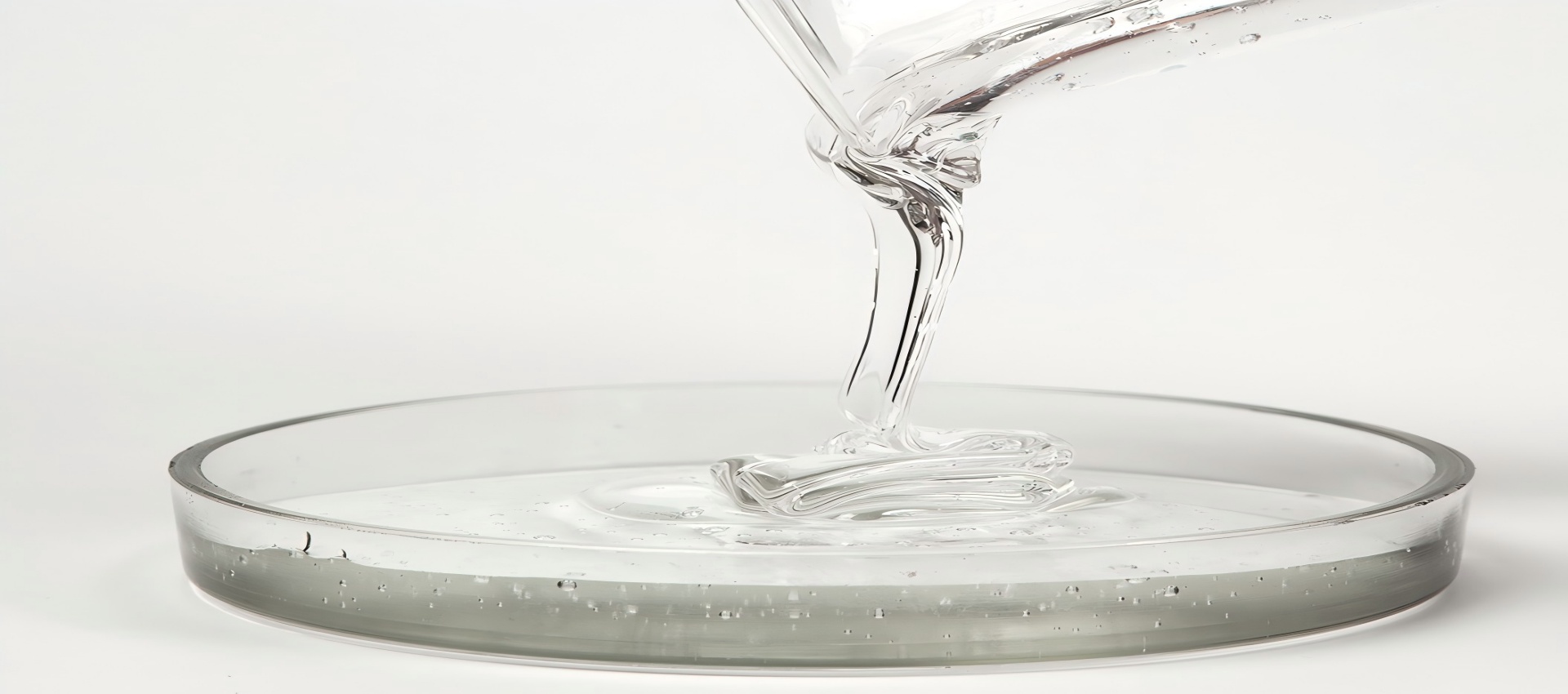
heptamethyltrisiloxane factory&supplier

Heptamethyltrisiloxane
Everything you need to know about our products and company
Understanding the Production Process of Heptamethyltrisiloxane (MDHM)
Heptamethyltrisiloxane (MDHM), a critical intermediate in silicone chemistry, is widely used in applications ranging from personal care to industrial lubricants. Its unique molecular structure—featuring three silicon atoms connected by oxygen bridges and seven methyl groups—enables exceptional stability and reactivity. This article explores the technical workflow behind MDHM synthesis, emphasizing process optimization and innovative methodologies.
The production of MDHM typically begins with two primary components: hexamethyldisiloxane (MM) and highly hydrogen-containing polyhydrosiloxane (DH). These substrates undergo a redistribution reaction catalyzed by acidic agents. For instance, studies highlight the use of solid acid catalysts, such as cation-exchange resins, to facilitate the reaction at temperatures between 60–65°C . The molar ratio of DH to MM is critical, often optimized at 1:13.45 to maximize yield while minimizing byproducts .
Catalyst efficiency directly impacts MDHM production. Traditional methods rely on concentrated sulfuric acid, but its corrosive nature complicates post-reaction purification. Modern approaches favor solid acid catalysts, which offer reusable properties and reduce environmental waste. For example, researchers achieved a 40.62% yield using a sulfonated mesoporous carbon-based catalyst loaded with γ-Fe and sulfonic acid groups . Notably, Biyuan’s proprietary magnetic catalysts enhance reaction kinetics by enabling easy recovery via magnetic separation, reducing operational costs by 30% compared to conventional systems.
Post-reaction mixtures require separation of unreacted MM, low-boiling byproducts, and the target MDHM. Techniques like vacuum distillation and adsorption chromatography are standard. For example, one patented process employs triethylsilane as a hydrosilylation agent to further refine product specificity . Rigorous quality checks, including gas chromatography (GC) and nuclear magnetic resonance (NMR), ensure compliance with industrial standards.
The shift toward eco-friendly catalysts and solvent-free systems reflects industry demands. Biyuan’s closed-loop water recycling systems and biodegradable surfactants exemplify this trend, aligning with global sustainability goals. Additionally, platinum-catalyzed hydrosilylation is gaining traction for its precision in synthesizing tailored siloxane derivatives .
Biyuan: Leading Innovation in Silicone Chemistry
As a pioneer in advanced materials, Biyuan delivers cutting-edge solutions for heptamethyltrisiloxane production. Our magnetic solid acid catalysts combine high activity with recyclability, slashing production costs and waste. Partner with Biyuan to access tailor-made processes that enhance yield, reduce energy use, and meet stringent environmental regulations.
Explore Biyuan’s full range of silicone intermediates and catalysts
This article synthesizes insights from peer-reviewed studies and patented methodologies to provide a comprehensive overview of MDHM production. For detailed protocols, refer to the cited sources.
Our most popular products loved by customers worldwide
Heptamethyltrisiloxane is emerging as a transformative functional material in the pharmaceutical industry. This volatile silicone derivative combines low viscosity with high permeability, offering unique solutions for advanced drug delivery systems and medical device technologies. Certified USP Class VI and compliant with ISO 10993-5 standards, heptamet.
Heptamethyltrisiloxane is transforming the personal care industry through its unique volatile characteristics and exceptional spreading properties. This lightweight silicone fluid delivers instant sensory enhancement while providing functional benefits across various product categories. Heptamethyltrisiloxane meets rigorous safety standards including RE.
Heptamethyltrisiloxane is emerging as a powerful adjuvant in modern agriculture, leveraging its unique properties to enhance crop protection product performance. This organosilicone compound acts as a super-spreader, dramatically improving the efficacy of pesticides, herbicides, and fungicides through superior surface coverage and penetration. The mater.
Heptamethyltrisiloxane is gaining recognition as a versatile performance additive in various industrial sectors due to its unique combination of low viscosity, high volatility, and exceptional surface activity. This organosilicone compound serves as an efficient process aid and functional modifier across multiple applications. Heptamethyltrisiloxane off.